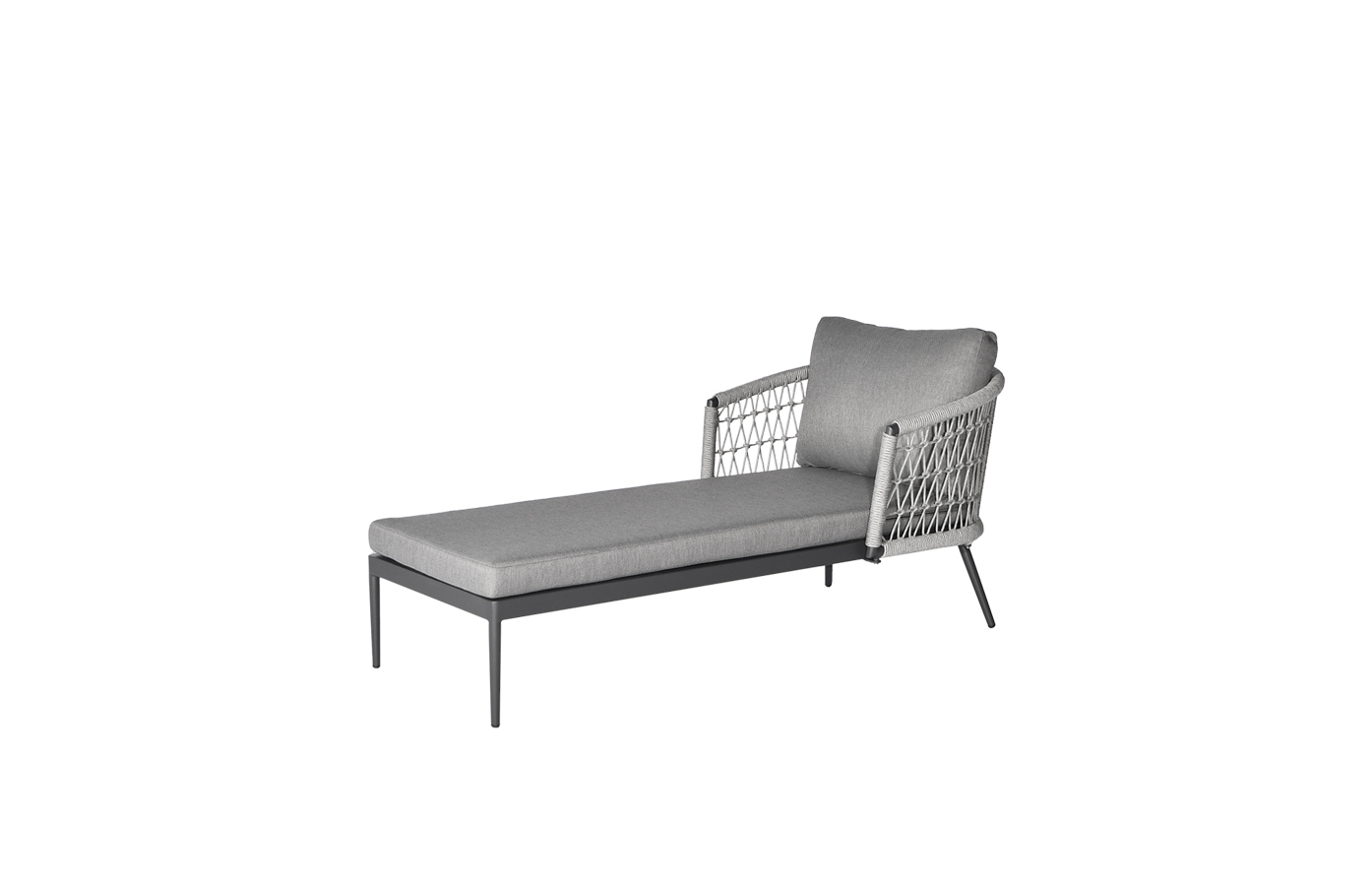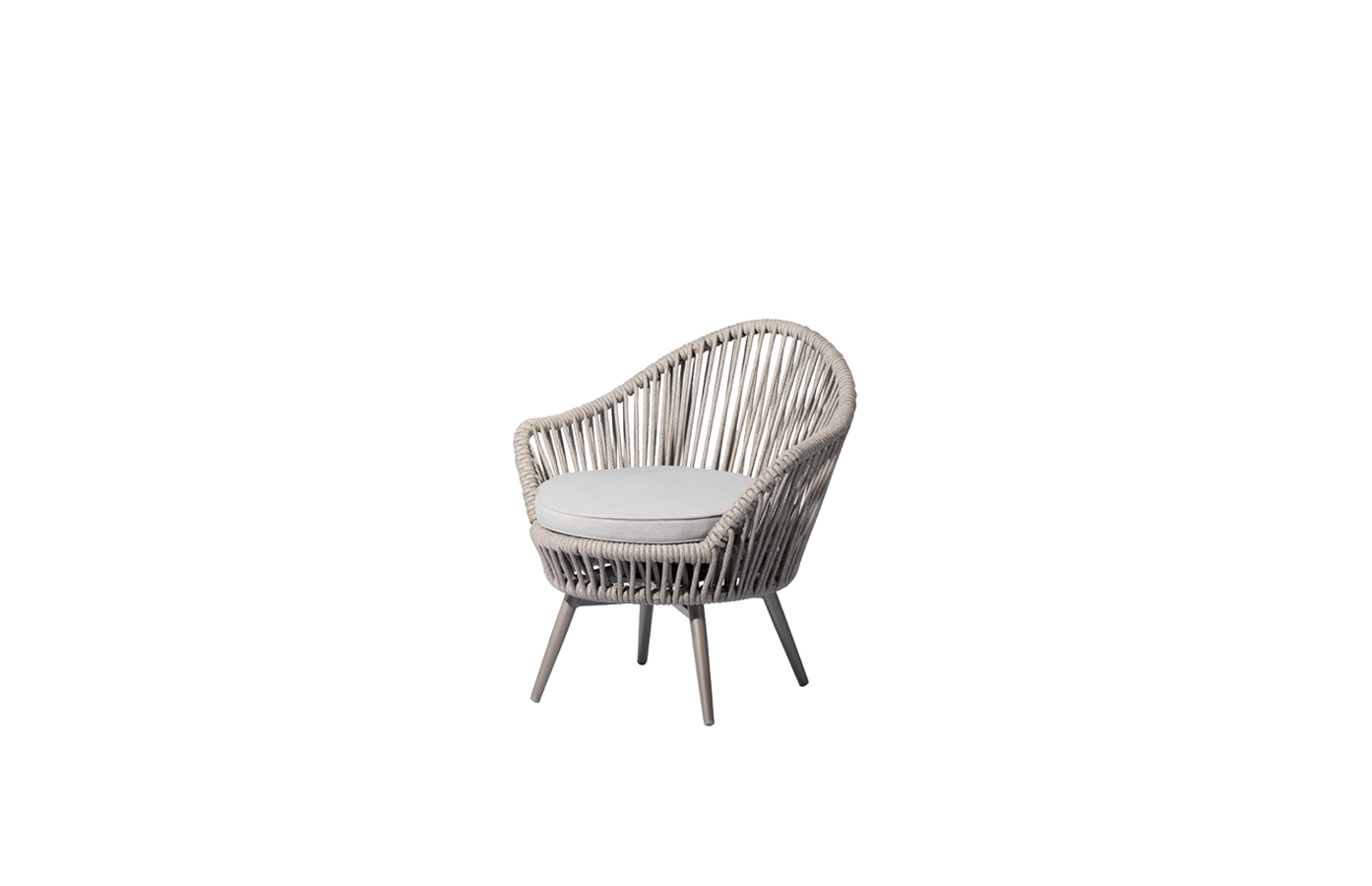[ Lighting]The Importance of Lighting in Interior Design
Lighting is an essential aspect of interior design that can greatly impact the overall look and feel of a space. It creates a mood, highlights different areas and features, and contributes to the functionality of the room. Good lighting design involves choosing the right fixtures and bulbs to complement the space’s purpose, style, and natural lighting.

The Importance of Lighting in Interior Design

The Importance of Lighting in Interior Design
The first consideration in lighting design is the room’s use. For example, task lighting is required in a home office or kitchen where concentration and visibility are essential. This type of lighting should be bright and focused to ensure adequate illumination on work surfaces. In contrast, ambient light is softer and creates an overall atmosphere. It is ideal for living areas such as lounges, dining rooms, and bedrooms where the purpose is relaxation.
When it comes to aesthetics, lighting plays a vital role in enhancing the atmosphere and style of a room. Chandeliers, for instance, add a touch of elegance and glamour to a space while spotlights can accentuate artwork or architectural features. Pendant lighting fixtures can be used to provide ample illumination above a dining table or kitchen island while also serving as a statement piece in the room.
The color temperature of lighting also contributes to the mood and feeling of the space. Warm lighting, with a color temperature between 2700-3000 Kelvin, enhances a cozy and intimate atmosphere, ideal for living spaces. On the other hand, cool lighting around 4000 K creates a more functional and vibrant environment, which suits kitchens and workspaces.
In addition to the room’s purpose, natural lighting should influence lighting design as it is the primary source of light during the day and affects a room’s color and tone. Natural light should be considered in the positioning of light fixtures or choosing bulbs’ color temperature. For example, in a room with large windows, it would be best to use daylight lighting at 5000-6500 K to create consistency between the natural and artificial light sources.

The Importance of Lighting in Interior Design
Another aspect to consider when designing lighting is energy efficiency. With the increasing awareness of climate change and the need to conserve energy, it is essential to use lighting technology that reduces energy consumption and carbon footprint. This can be achieved by using LED lighting fixtures that consume less energy, last longer, and emit lower carbon content compared to incandescent bulbs.
Lighting design is a crucial aspect of interior design, and it should be considered early on to create a harmonious and functional environment. Lighting impacts the space’s functionality, aesthetic, mood, and energy efficiency, and the right choice of fixtures and bulbs can complement the room’s style and natural lighting. With proper lighting design, a space can be transformed into a comfortable, stylish, and functional environment, making it a pleasure to spend time in. Wooden Sofa Set Furniture